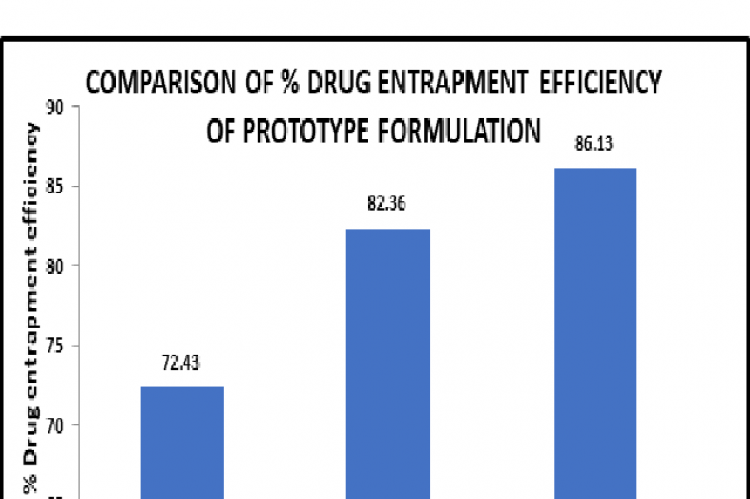The chemotherapy of cancer disease become increasingly important in recent years because ease of operation. The traditional cancer chemotherapy is based on the promise that tumor cells are more likely to be killed by anticancer drugs because of the faster proliferation of those cancer cells. However, in reality most of the drugs cannot differentiate cancer cells from the normal cells. This result the undesirable effect of the drug because of the lack of selectivity i.e the patients always at risk of cytotoxicity. So the development of tumor targeted drug delivery systems in which they recognize the intrinsic difference between normal cells and tumor cells is an important requirement for effective tumor therapy. These carriers include nanoparticles, nanotubes, Nano rods, centromeres, micelles, solid lipid nanoparticles, microspheres. In this experiment, all the materials used in the experiments were of analytical grade. Synthesis of CDI-activated poloxamer-407, NH2 terminated poloxamer-407,Folate conjugated poloxamer-407 and prototype formulation of Liquid crystalline nanoparticle were prepared. Drug loading was done with the optimized formula. In vitro drug release from the nanoparticles was determined in phosphate buffer pH 7.4 and Zero-order model, first order model, Higuchi’s model, kosmeyer-Peppas model also tried for compatibility. The cytotoxicity studies in the final formula by Brine shrimp experiments were done and found that it is significant. There are only 0.01% differences in each case. It was found that in-vitro drug release of resveratrol from optimized LCN at pH 7.4 and pH5 was best explained by Higuchi’s equation, as the plot showed the highest linearity with a regression coefficient of 0.9528 and 0.9404 respectively. The entrapment efficiency of optimized LCN was found to be 87.43 ± 0.52 % which was in close agreement with the value predicted by design expert software. It was found that the invitro drug release of resveratrol from optimized LCN at pH 7.4 and pH 5 was best explained by Higuchi’s equation, as the plot showed the highest linearity with a regression coefficient of 0.9528 and 0.9404 respectively.
View:
- PDF (1.64 MB)


